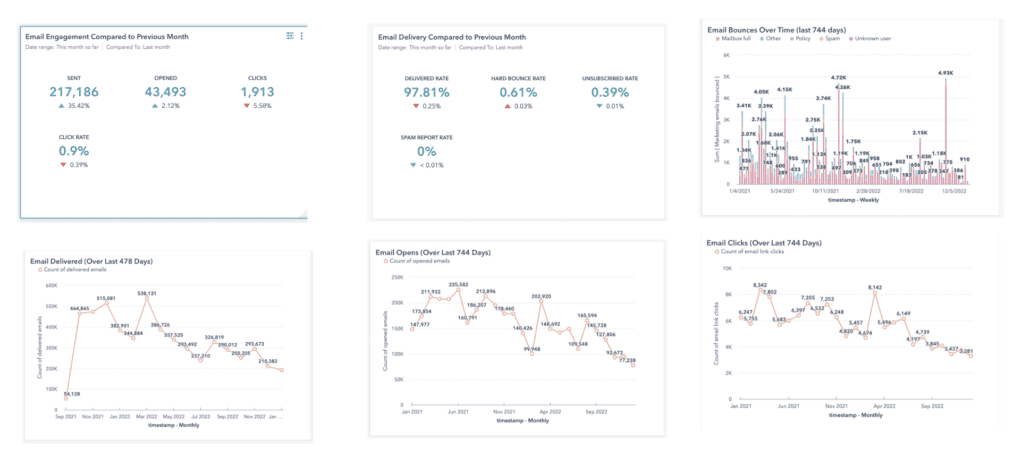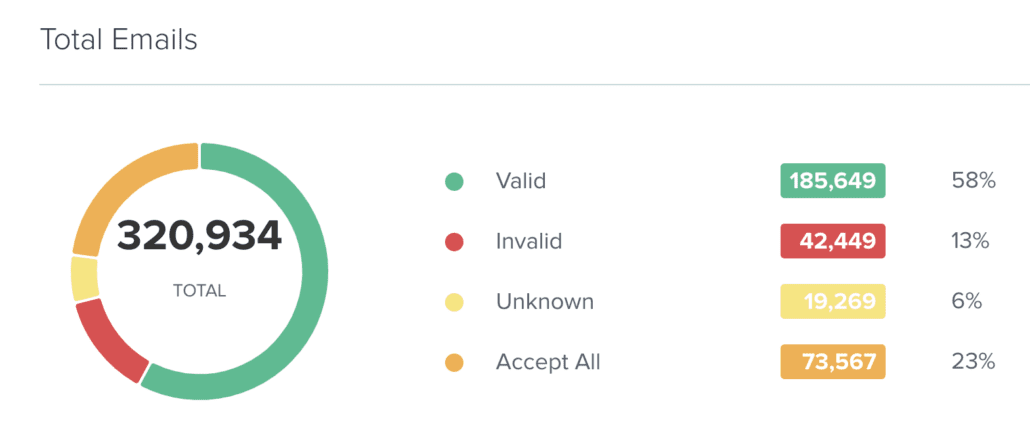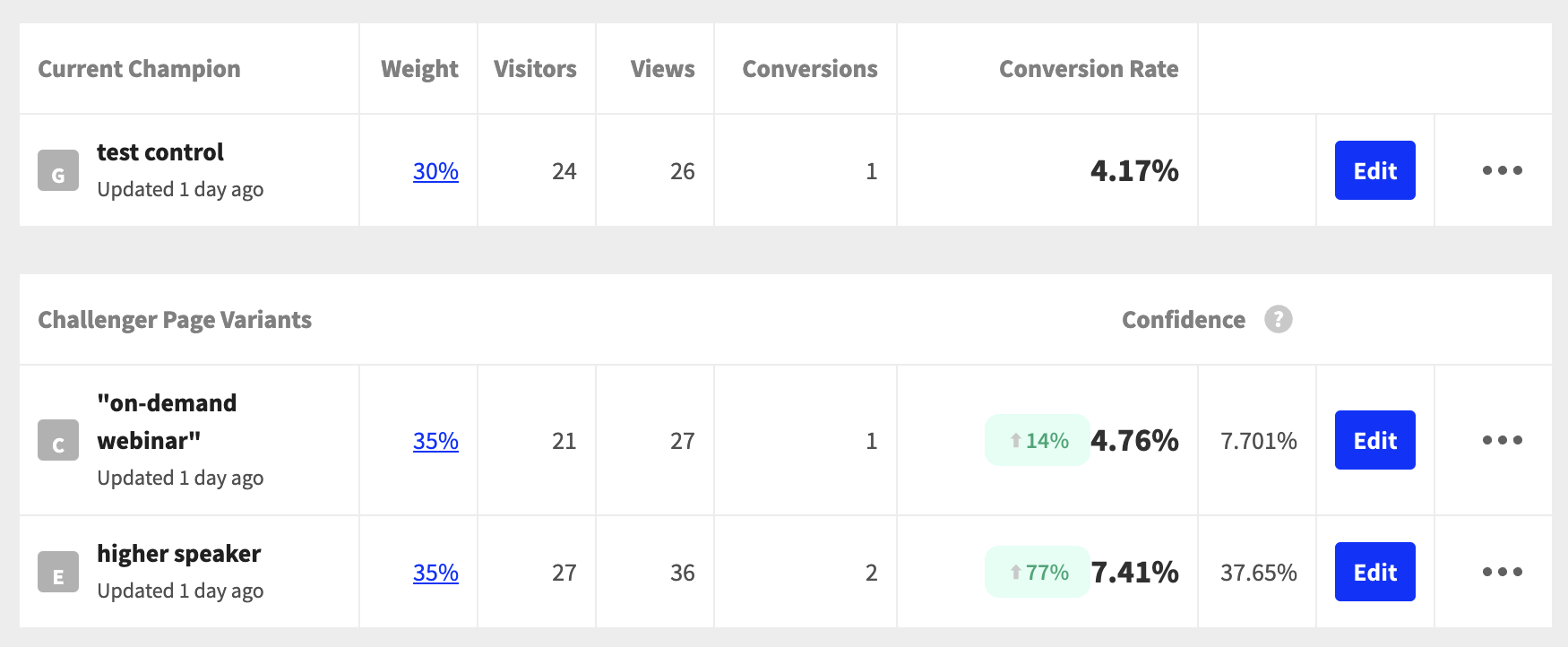When analyzing B2B email opens and clicks, you may wonder, “Are these rates… good?” These are the B2B email deliverability benchmarks I expect, and the red flags that are concerning.
>> Related: How to Improve Email Deliverability <<
In this post:
But first, a note on tracking B2B email performance
Each industry, persona, and company database is unique. But one thing that’s universal? How you monitor email performance for anomalies. Review opens, clicks, bounces, unsubscribes, duplicates, and blocklists every month. Through regularly observation, you’ll become fluent in your company’s standard performance.
HubSpot, in particular, has great deliverability dashboards:
Click to expand
Then, when you spot dramatic shifts (i.e. 10% changes in either direction), deeply investigate these outliers. What changed?
- a new offer?
- a new event list or (eek) list buy?
- an A/B test?
- a new content syndication program?
- a new template?
Normal database marketability
Your database should be at least 75% marketable (AKA <25% should be disqualified). This is honestly about cost – why are we paying for a huge, disqualified dataset? Save some money on your contracts by doing some database cleaning.
And FWIW, I almost never recommend a custom MAP<>CRM sync unless your Ops team is really savvy.
Normal B2B email open rates and click rates
- Open rates are a lot muddier since Apple introduced Mail Privacy Protection (MPP) in September 2021. Generally, B2B email open rates should be above 10%. But there is a lot of swing here, based on your company’s industry. Financial services will have the lowest open rates, whereas travel or leisure open rates are more often 25+%.
- If your email opens are <2%, that’s a red flag, and you should get a tool like Everest Validity to diagnose your (big) problems quickly/holistically.
- Similar, I expect a >2% click rate. If you’re less than that, something is off with your template, offer, etc. and you’d benefit from A/B testing.
Normal deliverability and bounce rates
- Email deliverability usually means an email gets “lost in translation” between your Marketing Automation Platform (i.e. Marketo) and the recipients Email Service Platform (i.e Gmail). Deliverability should be 90+%. If not, something is amiss. Check your DNS/SPF/DKIM settings because sometimes IT quietly makes changes. ????????♀️ (Here’s how to check those settings in HubSpot and Marketo.)
- Similarly, <10% of your contacts should be bouncing, and it should always trend lower as you remove hard bounces. If not, run the offending list (or honestly your whole database) through BriteVerify:
The first time you run a database through BriteVerify:
- Usually 10-25% of your database is going to be invalid/red. Expect it.
- Take the time to analyze if certain lead sources are especially poor.
- Trash the invalids. Some companies also may want to suppress the ‘accept alls’. (Learn about all of BriteVerify’s Statuses here.)
- And create automation to trash all future hard bounces.
Being on a blocklist might be normal
This one is a little surprising – it might be normal and fine to be on a blocklist!
- Blocklists aren’t regulated… some are pay-to-play and just trying to extract a ransom from naive companies. If you’re on some blocklists, contact your MAP Support team first. They know who’s serious, and if you’re on a shared or dedicated IP.
- If you’re on a reputable blocklist, contact your MAP Support team! They can help pinpoint what went wrong, coach you, and help contact the blocklist once they’re confident you’ve cleaned up your act.
Normal Sender Scores
I review Sender Score quarterly and, again, track the trendline. Sender Score works best with IPs, and is also very related to volume. It will flag if your emails aren’t consistent in cadence or volume.
Extra credit: Everest Validity seed lists
If you have Everest Validity, I like to review seed list performance each week to track how I’m inboxing across specific ESPs. You can pretty immediately react, design emails that are more engaging, or send to cleaner lists.
When in doubt, focus on your process: monitor, spot anomalies, and dig in. You’ve got this. ????
Want tips, tutorials, best practices, and other cool stuff delivered to your inbox? Subscribe to the quarterly Sponge newsletter >






